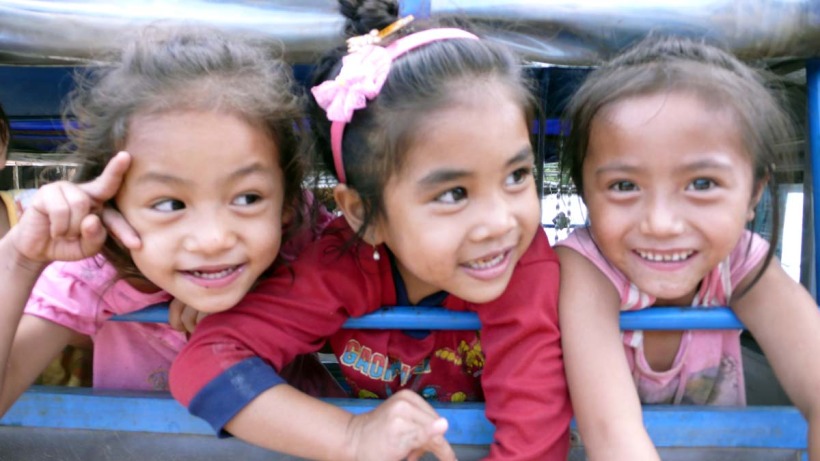
Banteay Srei
Greetings,
Angkor Wat is huge. It is the largest spiritual building on Earth. It is a peaceful mixture of Hinduism and Buddhism. This makes it unique among other reasons. It dates from the 9th-13th Century.
Most tourists dash in, around and through spending four days of their very short existence. They get to Angkor Wat to see the sunrise along with hoards. It's a zoo. They visit the high points: Angkor Wat, Angkor Thom, the interior of Bayon and, depending on their time and planning, other temples and areas of interest.
A day pass runs $20, 3-day pass, $40 and a seven-day pass $60. The week long pass allows visitors the luxury of time (a great wealth) to enjoy the diversity of Angkor during a month. Seven visits in 30 days. I selected this option after visiting The National Museum and various galleries around town to learn about Angkor.
I wanted to go far away. For $25 I hired Pat, a tuk-tuk driver with three kids to feed and we left before dawn. A tuk-tuk is a motorized bike pulling a simple carriage. The air was chilly and refreshing. We reached the main entrance. It resembled a well designed airport immigration section with windows and attendants for the 1-3-7 day tickets. I paid for seven, they took my picture and a girl punched my ticket. Buy a ticket and take the ride. The meter began running.
It ran through deep forests, along empty roads, past forgotten shadows and figures of villagers stoking small red fires for cooking and heat beneath or beside their bamboo or wooden stilt homes. It skirted a long deep reflecting pool at Sras Srang. We stopped for coffee. A brilliant orange ball of flaming gas rose over expansive fields.
We headed for Banteay Srei, 37 km from town. Objective: get there for early light before multiple buses of tourists.
As I'd witnessed earlier at The Silk Worm Farm, according to my guide there, "The Chinese, Japanese and Korean groups are the worst. They totally destroy the ambiance." Obnoxious Japanese camera idiots posed with a woman and her small boy sitting on the floor chopping kindling. Tourists hid behind dyed silks for funny pictures. They were rude and inconsiderate.
In brief: Srei was built in 987 AD and never a royal temple. Small and intimate, rumored to have been built by women with their fine hands. The carvings of pink sandstone cover much of the temple and the reliefs are deep and beautiful, the most incredible at Angkor. Discovered by the French in 1914, covered by forest and earth.
After Seri we continued north to Kbal Spean. We climbed through forests for 1.5km. This is the source of waters for Angkor and the Siem Reap river. Water flows over 100m of carved sacred lingas and Hindu deities; Vishnu, Shiva and Brahma. The Sanskrit name is Sahasralinga, or "river of a thousand lingas."

Kbal Spean
In the afternoon we headed south and then east of Siem Reap to the Roluos Group, a series of three temples, Bakong, Preah Ko and Lolei, dating from the 8-9th century. Roluos is the pre-Angkor original site.

Bakong was consecrated in 881AD. The layout follows Mount Meru, five ascending levels, moats, and ten surrounding temples. It was reconstructed from 1936-1942 under the direction of Maurice Glaize, the conservator of Angkor.

Preah Ko, or Paramesvara, "The Supreme God," or Shiva was built in 880 AD. It contains a steele in Sanskrit with an inscription about war, fearsome in battle, flashing swords, and invincibility; a eulogy to Indravarman I.

Lolei, 893 AD. Four brick buildings in poor condition sit on an island above a former reservoir. The lintels, door jambs and inscriptions explaining the construction and divisions of tasks are well preserved.
Srei, Spean and Roluos galleries. Visually articulate.
Metta.







 Share Article
Share Article 





